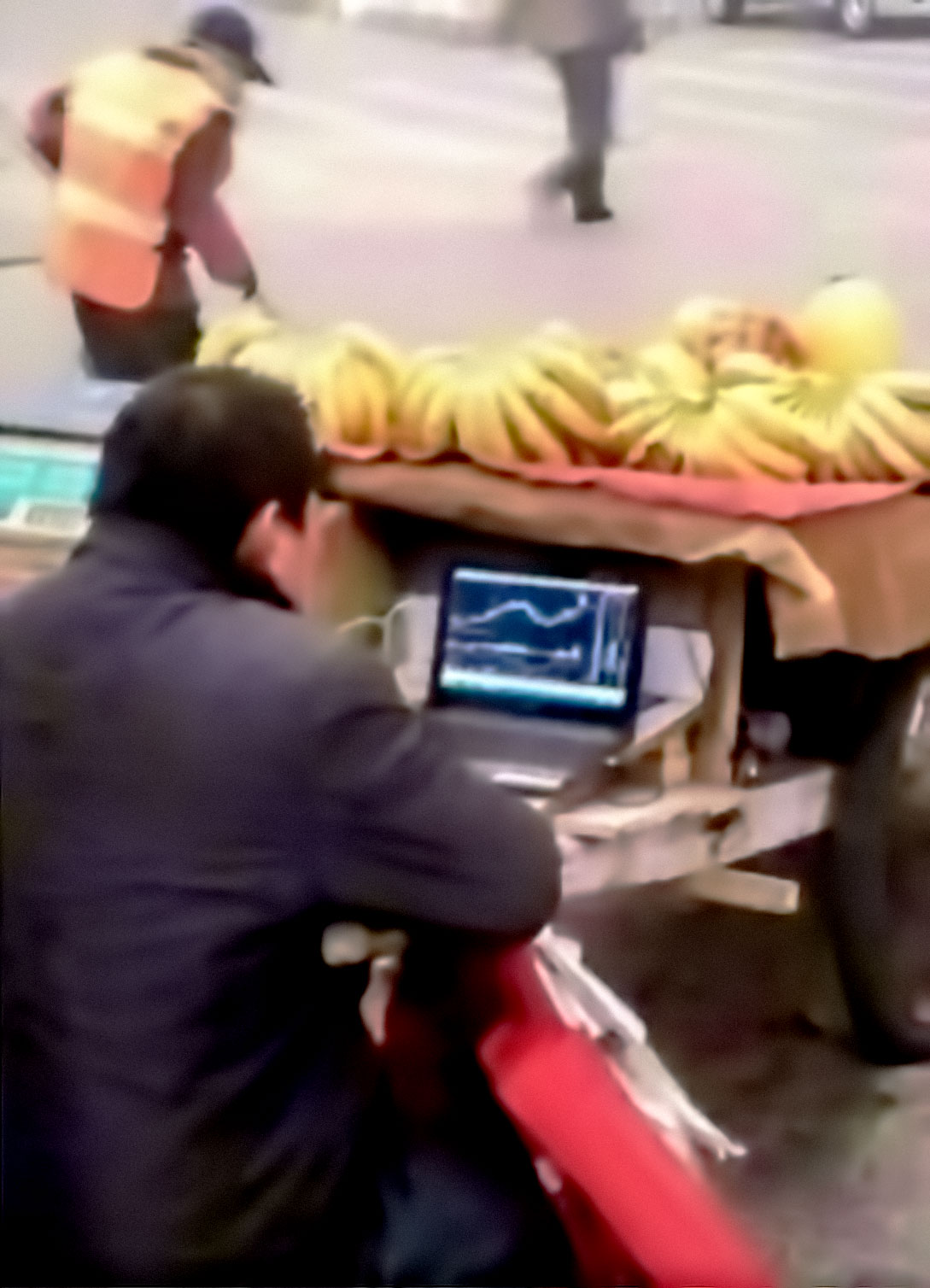Over-Cooked
by Guy Haselmann, Director, Capital Markets Strategy, Scotiabank GBM
• Investors have mistakenly been fixated on concerns outlined by FOMC members that a premature hike could derail the economy, potentially causing a recession (a la 1937). This argument has little substance, as I detailed in my June 3rd note. Other members have expressed concerns that the Fed’s credibility could be damaged if the Fed were forced to push Fed Funds back down shortly after hiking. Despite the weak merits of these arguments (and despite being within a whisker of their dual mandates), they can partially explain why the FOMC has erred on the side of delaying rate ‘lift-off’.
• A little discussed, yet much greater risk for investors, is if the Fed acts too late and has to play catch-up with the bond market. As a case in point, the slow Fed response to economic conditions during the 1978/1979 period finally caught up to them in mid-September 1979 when the US 10-year lost almost 200 basis points (bps) in three weeks. The Fed responded to the unraveling of the bond market by raising rates 150 bps on October 8. This hike did not work to arrest the sell-off in the bond market. In order to regain control, the Fed quickly raised rates another 250 bps on October 23rd.
• Today, markets have begun flashing early warning signs that the continuation of zero rates could be a mistake. The yield curve has steepened by 50 bps in the past two months. The initial flattening of the curve after Friday’s employment print was quickly rejected and the curve has subsequently continued to grind steeper. The dollar has also traded lower. On the one hand, this is a welcomed indicator for the Fed to further justify a rate hike, but on the other hand there is danger should the Fed ignore it.
• The interesting aspect about QE is the Fed’s willingness to proclaim success regardless of the direction of the bond market. When rates fall, the Fed claims success as lower rates are thought to be the result of QE. Lower rates in turn fuel risk-taking and economic growth; one of its objectives. Yet, the Fed also shrewdly views higher rates as a sign that QE is working, because higher rates are usually associated with higher inflationary expectations, or increased economic activity, or both.
• The tricky part is that low long end rates over the past few years have been greatly influenced by both new regulations and Fed purchases. In other words, the US 10-year would likely have a much higher yield today had neither been implemented. Long Treasury rates will continue to remain lower than would normally be the case, because the Fed will continue to hoard them and regulations are unlikely to soften.
• It is hard to quantify the impact. One could easily argue that the 10-year would be closer to 4.00% in a normal environment (2.5% growth plus 1.5% inflation), versus the current 2.4% yield. Global rates and negative net supply in Japan and Europe (due to QEs), also play a part in holding US yields down. However, as the economy continues to improve, and perceptions grow that zero rates are no longer necessary, pressures weighing on the uneconomic price of bonds will build, tempting bond vigilantes.
• Last Wednesday, I recommended that accounts re-establish curve flatteners, US dollar longs, and outright Treasury longs in front of 2.40% yield in 10’s. If the Fed delays hikes until September or later, there is significant risk to these trades as the aforementioned pressures mount. On the other hand, these trades should work well if I am correct and the Fed surprises the market with a hike at the June or July meeting.
• Currently, the market odds of a hike are 2.4%, 12%, and 54% at the June, July and September meetings, respectively. The market clearly believes I have low odds of being correct. Some even believe that the Fed’s first hike will be delayed until 2016. If the first hike is delayed that long (which I doubt), then the 10-year risks closing the year behind 3.0% (absent a major event of course). Such a move would likely be counter-productive to the Fed’s objectives.
• It could be argued that the Fed has backed itself into a corner of its own making from which there may not be any good options or outcomes. The options may be ‘early and gradual with control’ or ‘later but quicker due to a loss of control’. The marketplace might be trying to tell the Fed that at this point it prefers the former, but fears the latter.
• “How did you go bankrupt? Two ways. Gradually, then suddenly” – Ernest Hemingway, The Sun Also Rises
Regards,
Guy
Guy Haselmann | Capital Markets Strategy
▬▬▬▬▬▬▬▬▬▬▬▬▬▬▬▬▬▬▬▬▬▬▬▬▬▬▬
Scotiabank | Global Banking and Markets
250 Vesey Street | New York, NY 10281
T-212.225.6686 | C-917-325-5816
guy.haselmann[at]scotiabank.com
Scotiabank is a business name used by The Bank of Nova Scotia
Copyright © Scotiabank GBM















